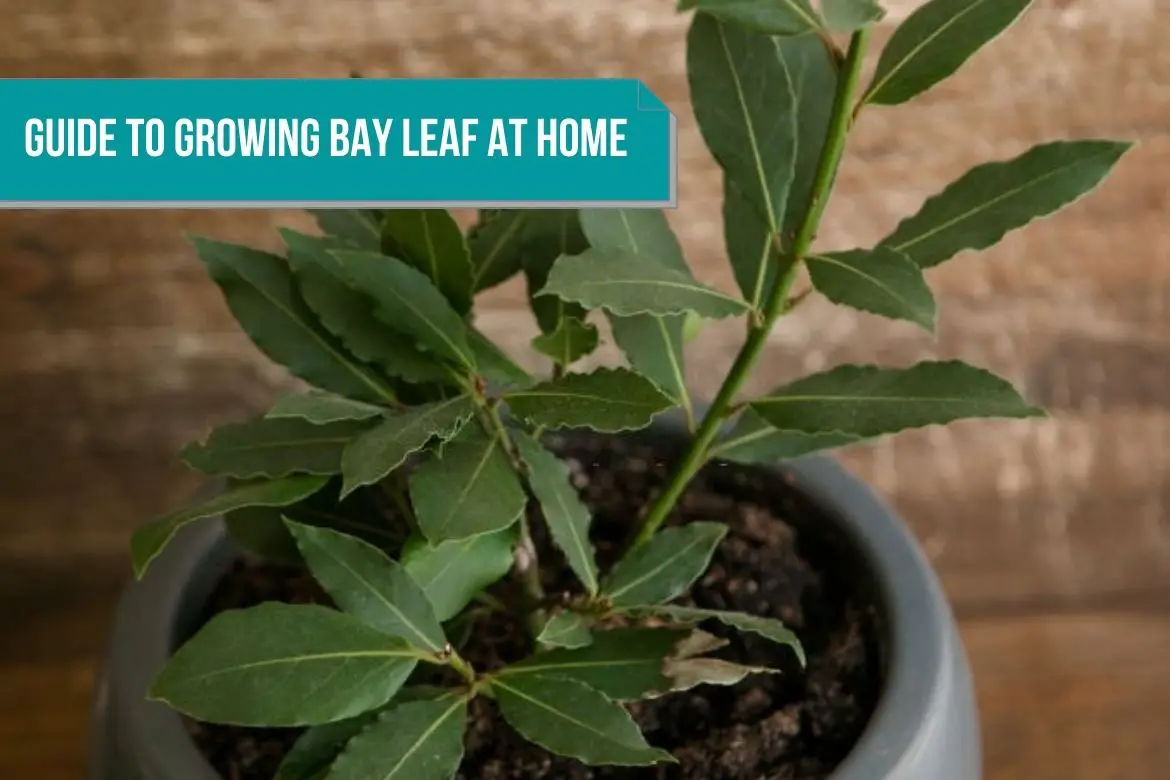
Botanical name : Laurus nobilis
Flavor Profile : Slightly woody and herbaceous
There are many types of bay leaves : Bay laurel (Laurus nobilis lauraceae), California Bay Leaf (Umbellularia californica), Indonesian Bay Leaf or Indonesian laurel (Salam leaf, Syzgium polyanthum, Myrtaceae), West Indian Bay Leaf (Pimenta racemosa, Myrtaceae), Indian Bay Leaf (Cinnamomum tamala, Lauraceae).
In this guide we have covered Bay laurel (Laurus nobilis lauraceae).
* Growing Indian bay leaf is a little impractical as its tree needs almost 10 years to mature and yield harvestable leaves.
Laurens nobilis L. is a perfumed evergreen shrub or tree with dark-green, smooth leaves. It is native to the Mediterranean region and Europe.
Bay leaf is also known as Bay laurel, Turkish laurel, and Al Ghar (in Arabic).
One of the oldest spices known, bay leaf lends a spicy flavor and aroma to a number of dishes including meat dishes, rice, stews and soups.
Not only food, it is also used in drugs and cosmetics.
Recipes requiring a long cook time are ideal for bay leaves. When cooked, it slowly releases its flavors, creating a rich, deep flavor that permeates an entire dish. (make sure to remove the bay leaves before serving).
You might have a difficult time finding fresh bay leaves at your local market because they are often consumed in dry form. Moreover, even if you do find them, they will probably be the Californian variety grown from a different tree with a different (minty) flavor.
Health benefits of Bay leaf
The biological properties of bay leaf include anti-microbial, anti-inflammatory, anti-fungal, improving blood lipid profile, improving liver function, and having antioxidant properties. Also, it soothes upset stomachs. In addition to vitamins A, C, and B6, bay leaves are a rich source of calcium, iron, and manganese. This vitamin profile of bay leaf makes it a good immune booster. A study found that consumption of 1 to 2 grams of bay leaf per day contributed to a reduced risk of type 2 diabetes and heart disease after thirty days.
How to grow Bay leaf indoors
Despite the fact that the bay laurel tree grows quite tall (about 60 feet), its height can be controlled. Planting the bay laurel tree in a container will allow you to control its size. In addition, with container gardening, the bay leaf tree could also be relocated indoors during the winter months.
As mentioned earlier, bay leaf is native to humid climates. Bay leaf plants can be grown round the year. However, it is recommended to grow it in early summer or late spring time, when the threat of frost has passed.
Temperatures below 20 degrees Fahrenheit (-6.7 Celsius) are inhospitable to laurel trees. Thus, container gardening is a very good way to grow bay leaf in cold climates. You can protect the plant from outside cold temperatures by keeping the plant inside the house with warmer temperature.
Plant size
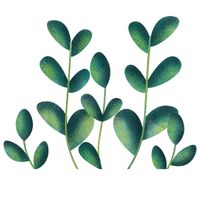
6 – 60 feets ( 1.8 – 18 meters ). Also depends on the variety
Container / pot Size

24 – 30 inches Diameter ( 60 – 76 cm )
Refer how to choose the right container for your indoor plants for more details.
Sunlight

Full sun. In hot and dry climates, partial shade is recommended. Choose a location where your tree gets both full sun and partial shade.
However, in cold climates, you can keep the plant in full sun.
A room with south facing window, east facing window, west facing window or a room with skylight will be an ideal location for bay leaf container plant.
Place your bay leaf container plant in a place where the temperature ranges from 45 to 64 F. (7 to 17 C.)
Refer Best locations and Light requirements for indoor plants for more details.
Soil

A potting mix that is well drained and has ample of compost.
The soil can be acidic to alkaline with a pH ranging between 4.5 and 8.3.
Sowing
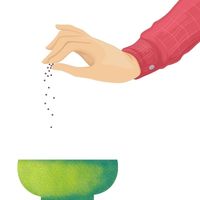
Can be sown by seeds or young plants from nursery. Plant seeds 1/2 an inch deep in the potting mix ( in a seed tray) after soaking the seeds in water for 24 hours.
It takes up to six months for bay leaf seeds to germinate. Keep the soil moist in case you are planting bay leaf seeds in warm or hot weather.
As the seedlings germinate, transfer them to their respective container.
You can also use cutting methods to propagate bay leaf plant.
Quick tip: Place a wet paper towel above the soil to prevent it from getting dry. This will lower the surface temperature of the soil and prevent moisture to escape from the soil.
Watering
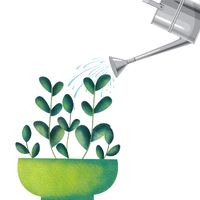
On regular basis. Whenever the soil feels dry to the touch.
Due to the shallow root system of bay leaf plant, you will have to water your tree more frequently during the warm summer months.
Ideally, you should not let the soil completely dry between watering, but you should allow it to dry slightly between watering.
You should thoroughly water the bay leaf container until water runs out the drainage holes.
The leaves will turn brown in color if the plant is water stressed.
Harvesting

Bay leaves are ready to harvest about two years after planting.
It is simply a matter of picking the leaves off the tree once the leaves have grown to a healthy size. Bay leaves should be picked early in the morning when their aromatic qualities are at their peak.
Plant care
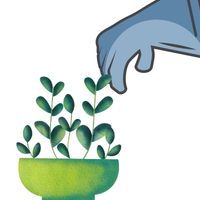
When growing bay leaf plant indoors, in areas with low humidity, the plant might dry out.
You can practice misting the room to prevent the bay leaf plant from drying and shedding leaves. You can also get a humidifier if the misting process is not giving the desired results. ( Leaves will turn yellow in color if the plant is exposed to too much moisture)
Pruning regularly will keep the size of the plant in check. Late winter to early spring is the best time for pruning bay leaf as at this time the plant is not actively growing.
Make sure the plant is protected from strong winds and frosts.
‘Winter dieback‘ happens when your plant is exposed to cold temperature for too long. The leaves will dry and turn brown in color. The following spring, the tree will usually recover on its own. In the spring, if your tree shows signs of dieback, prune it down below the damage, which will usually result in new growth.
SUBSTITUTES FOR BAY LEAF IN THE KITCHEN
- Indian bay leaves aka ‘Tejpatta‘
- Juniper berries (for dishes containing meat)
- 1/4 teaspoon of dried thyme for 1 dried bay leaf
How to store and keep bay leaf fresh
Mostly, bay leaf are used in dry state. However, in case your cuisine requires you to use fresh bay leaves, you can store them in the fridge for up to two weeks in an airtight container or zip-lock bag.
In addition, you can freeze-dry bay leaves to ensure they are flavorful for a longer period of time.
In a warm, dry place, spread out your bay leaves. Wait two weeks for them to dry. You can store dried bay leaves at room temperature for up to two years before they begin to lose their flavor.
Please refer to how to store herbs and spices for more details.
How to use Bay leaf in the kitchen
The flavors of other ingredients in a dish can be enhanced by bay leaves. Adding a few fresh leaves to slow-cooked meats, lentils, stews, soups, and sauces will enhance the flavor of the dish. However, remove the bay leaves after the cooking process.
You don’t have to use a lot of bay leaves – a little is plenty.
Dishes : Stocks, soups, braises, marinades, roasts, rice, curries, ‘masala‘ tea and stews.
Preparation : Used as whole leaves.
Pairing arugula with food
Seasoning : Lemon juice, rosemary, oregano, Garlic, Parsley, paprika, red pepper flakes, Pepper, savory, chili powder, basil, sage, marjoram, allspice, fennel, cayenne, thyme, cloves.
Fruits and Vegetables : Potatoes ( White Potato, Red Potato, Russet Potato, Purple Potato ), tomato sauces, peas (cow pea, snow pea, green pea), pickles, citrus, Mushrooms (Enoki Mushroom, Morel Mushroom, White Mushroom / Button mushroom, Cremini Mushroom, Portabella Mushroom, Shiitake Mushroom, Maitake Mushroom, Chanterelle Mushrooms, Oyster Mushroom), celery, tomatoes, onions, carrots, cabbage ( red cabbage, green cabbage ), cauliflower
Proteins : Chicken, lentil, fish and seafood, game, lamb, pork , beef, eggs, beans

